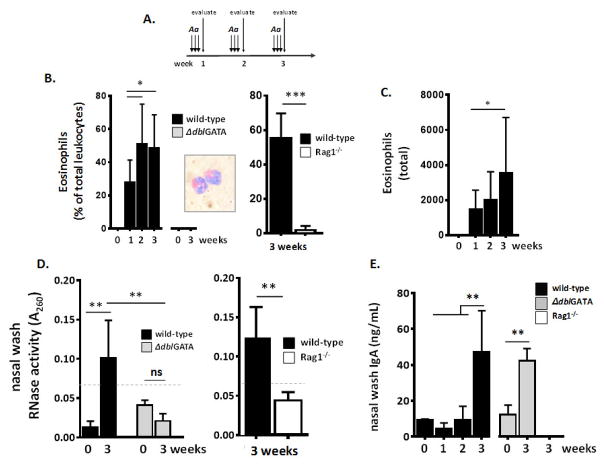Fig. 1. Repetitive administration of the aeroallergen, Alternaria alternata, to the nasal passages results in eosinophilic inflammation.
A. Strategy for repetitive challenge with A. alternata antigens (filtrate; 10 mg/mL) administered at strict intranasal volumes (2.5 μL per nare [19]) over a three (3) week period as described in the Methods Section. B. Eosinophils (percent of total leukocytes) are prominent in nasal wash fluid of wild-type but not eosinophil-deficient ΔdblGATA mice or lymphocyte-deficient Rag1−/− mice in response to A. alternata administered as in Fig. 1A; inset, eosinophils from nasal wash fluid of wild-type mice stained with modified Giemsa. C. Eosinophils (total in 0.6 mL nasal wash fluid) at weeks 0, 1, 2 and 3 as in Fig. 1A. D. RNase activity, a measure of eosinophil degranulation, detected in nasal wash fluid of wild-type, but not ΔdblGATA or Rag1−/− mice; dotted line, limit of background activity. E. IgA detected in nasal wash fluid of wild-type and ΔdblGATA mice, but not Rag1−/− mice; n = 3 – 8 mice per time point, ***p < 0.005, **p < 0.01, *p < 0.05, ns, no statistical significance, 1-way ANOVA or Mann-Whitney U-test.

